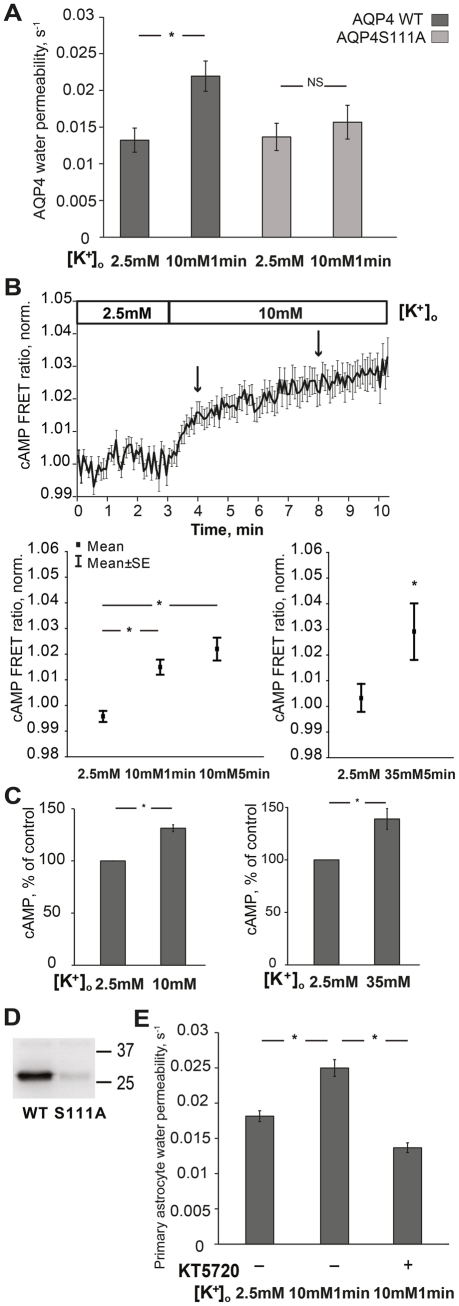Figure 2. Potassium elevation induces cAMP production and increases astrocyte water permeability via PKA-dependent phosphorylation of AQP4.
(A) 10mM potassium significantly increased WT AQP4 water permeability (*p<0.01), N = 6, but did not increase S111A AQP4 water permeability (NS; not significant p = 0.51), N = 6. Dark grey bars: WT AQP4, light grey bars: S111A AQP4. (B) Upper panel shows plot of mean values of normalized FRET ratio (donor/acceptor) with SE bars at every acquired point. Lower panel (left): cAMP FRET ratio at different time points: 2.5mM (at 3min in upper panel); 10mM 1min (arrow at 4min in upper panel); 10mM 5min (arrow at 8min in upper panel). 10mM potassium significantly increased cAMP FRET ratio in astrocyte cell line (*p<0.001), n = 26. Lower panel (right): 35mM potassium increased cAMP FRET ratio (*p<0.01), n = 16. (C) By using cAMP EIA kit, 10mM potassium significantly increased cAMP levels in primary cultured astrocytes (left) (*p<0.001), N = 7. 35mM potassium also increased cAMP levels in primary cultured astrocytes (right) (*p<0.001), N = 5. (D) Activated PKA phosphorylated the WT AQP4 peptide containing serine 111 in vitro, but failed to phosphorylate the S111A AQP4 peptide where serine 111 was substituted to alanine. Numbers indicate positions of molecular weight markers. (E) Incubation with the PKA inhibitor KT5720 abolished water permeability increase caused by 10mM potassium (*p<0.001), n = 126–152. Values are means±SEM, n; number of cells, N; number of plates.

